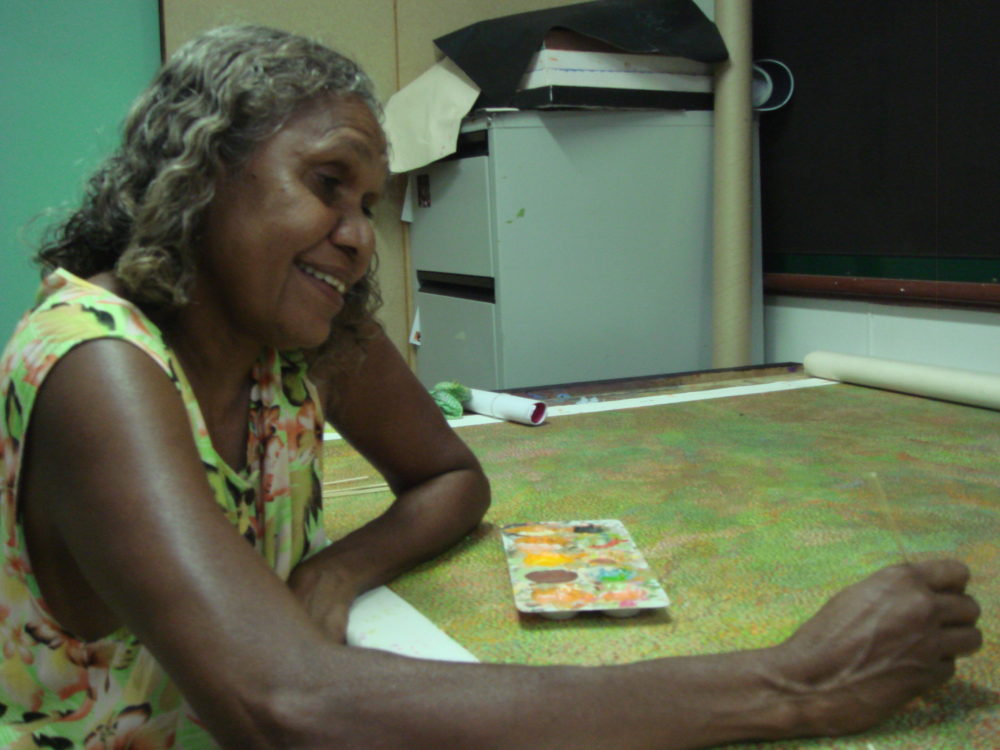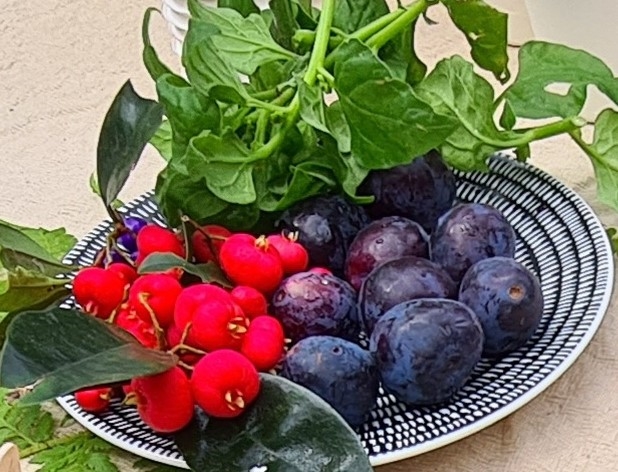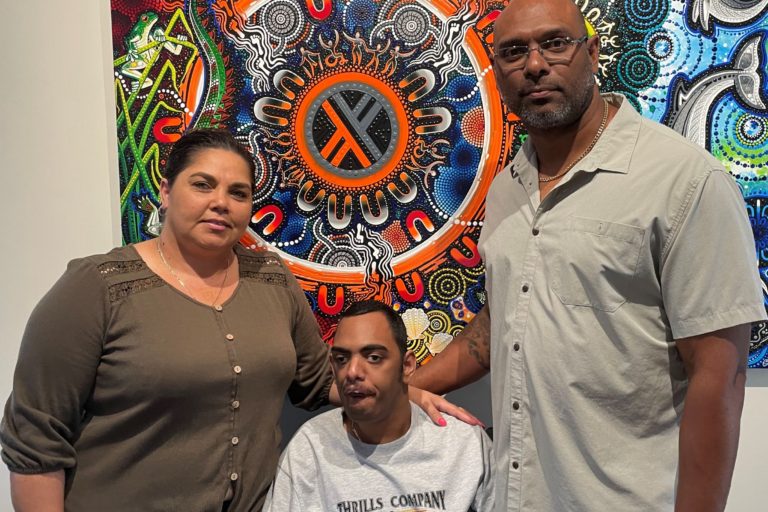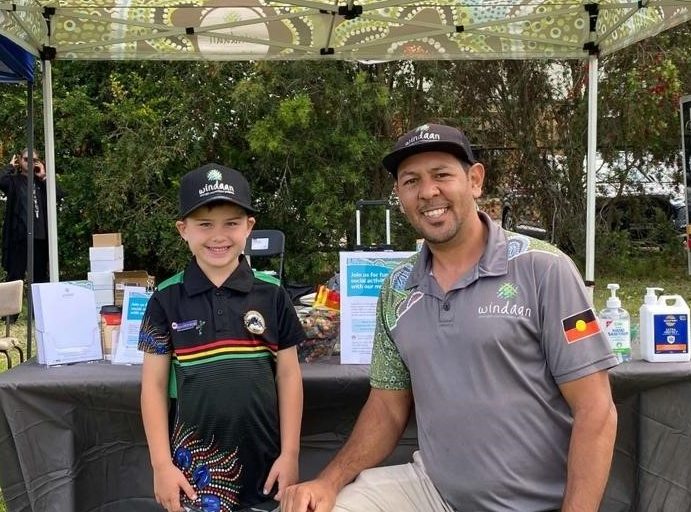By Neena Bhandari
Roebourne (Western Australia), 11.03.2012 (IDN): Allery Sandy, 55, is humming and painting the story of the Pilbara landscape, one of the most resource rich regions in Australia. Her canvas is resplendent with colour depicting rivers, flowers, blue gum and open scrub land dotted with Spinifex grass and iron-ore.
“Art, like story telling, in our Aboriginal culture is an important means of expressing feelings close to our heart. It gives us peace and joy. For the young, art distracts them away from alcohol and drugs that are destroying our community”, says Sandy, who is painting with three generations of women, some men and boys, at the Yinjaa-Barni (staying together) Art Aboriginal Corporation in a heritage-listed cottage on the main street of Roebourne.
The Shire of Roebourne is located about 1500 km north of the state capital Perth in the Pilbara region, which spreads across 511,258 sq km from the coastal reefs to the inland desert ranges and is home to the massive mining industry of crude oil, salt, natural gas and iron-ore.
“Our paintings evolve from our deep and continuing relationship with our culture, our land, flora, fauna and waterways. Many of the artists have won major awards in regional exhibitions. Their achievements have provided a sense of self-worth and pride”, says Patricia Floyd, manager and artistic guide, pointing to the recent citation from a mining company adorning the walls.
But this largely Aboriginal town has missed out on the mining bonanza and development even as international mining giants like Rio Tinto and BHP Billiton developed nearby towns of Karratha and Dampier with demand for iron-ore steadily growing, especially from Asia.
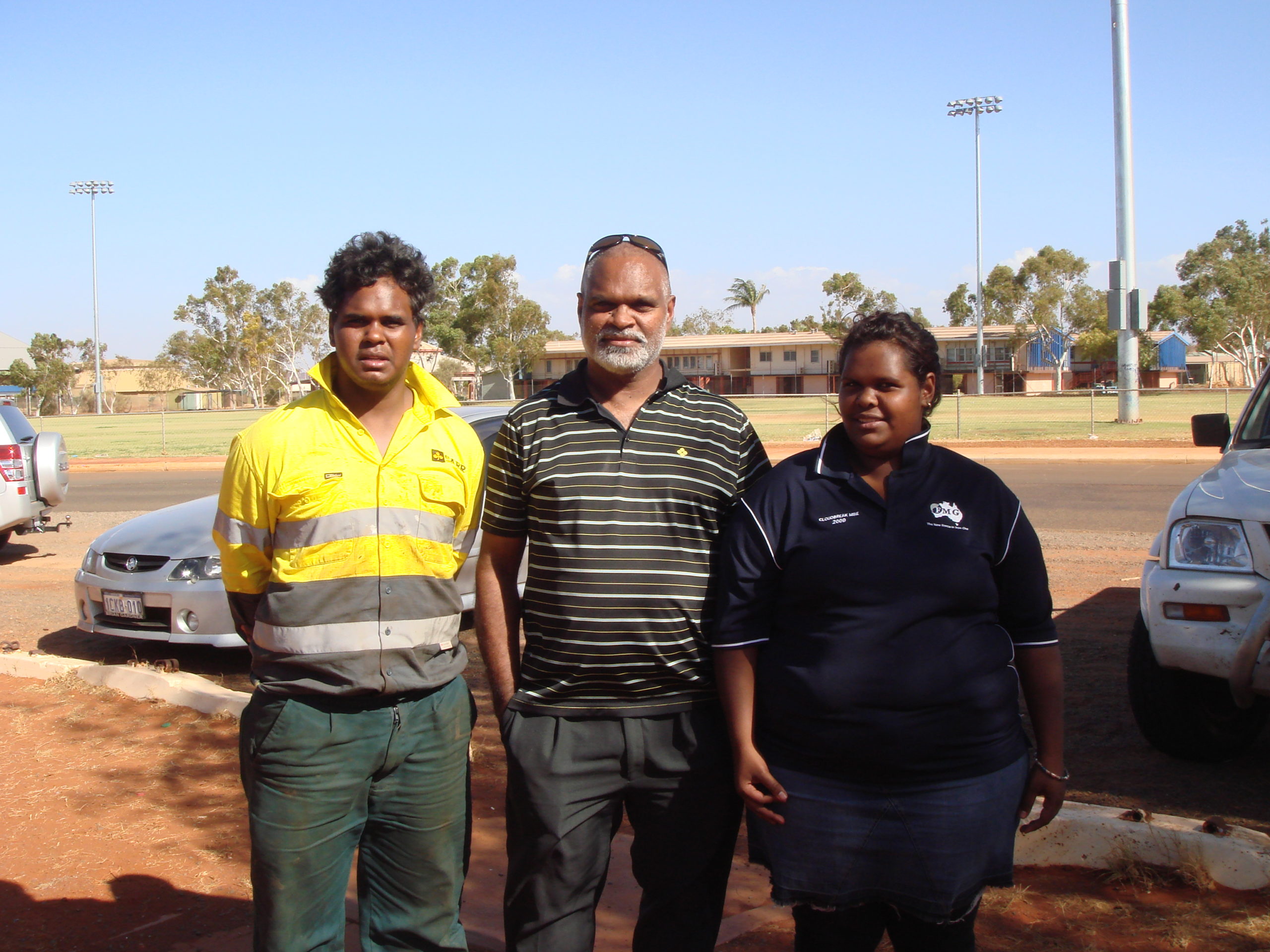
In this town of 1200, a few streets away from the centre, it is a different story. Shattered beer bottles littered on the streets are testimony of a violent night. “Young people drink a lot and there is violence. We have one school up to Year 12, but not many jobs or recreation facilities”, says 18-year-old Danni-Rae, one of five siblings, who lives in a four-bedroom house with 11 family members. Overcrowding in homes is not uncommon in remote Aboriginal towns.
The Roebourne Report, compiled by the State Department of Indigenous Affairs dated July 2009 reveals alarming levels of overcrowding, alcohol abuse, domestic violence and child neglect.
It says alcohol consumption in the Roebourne Shire is 26.8 litres per person a year, almost three times the state average of 10 litres. Cannabis use is rife and there is an increasing issue with youth using alcohol and drugs. Police figures in the report reveal that between February 2008-2009, there were 59 reported domestic assaults and 56 non-domestic assaults in Roebourne. Eighty per cent of offences were alcohol-related.
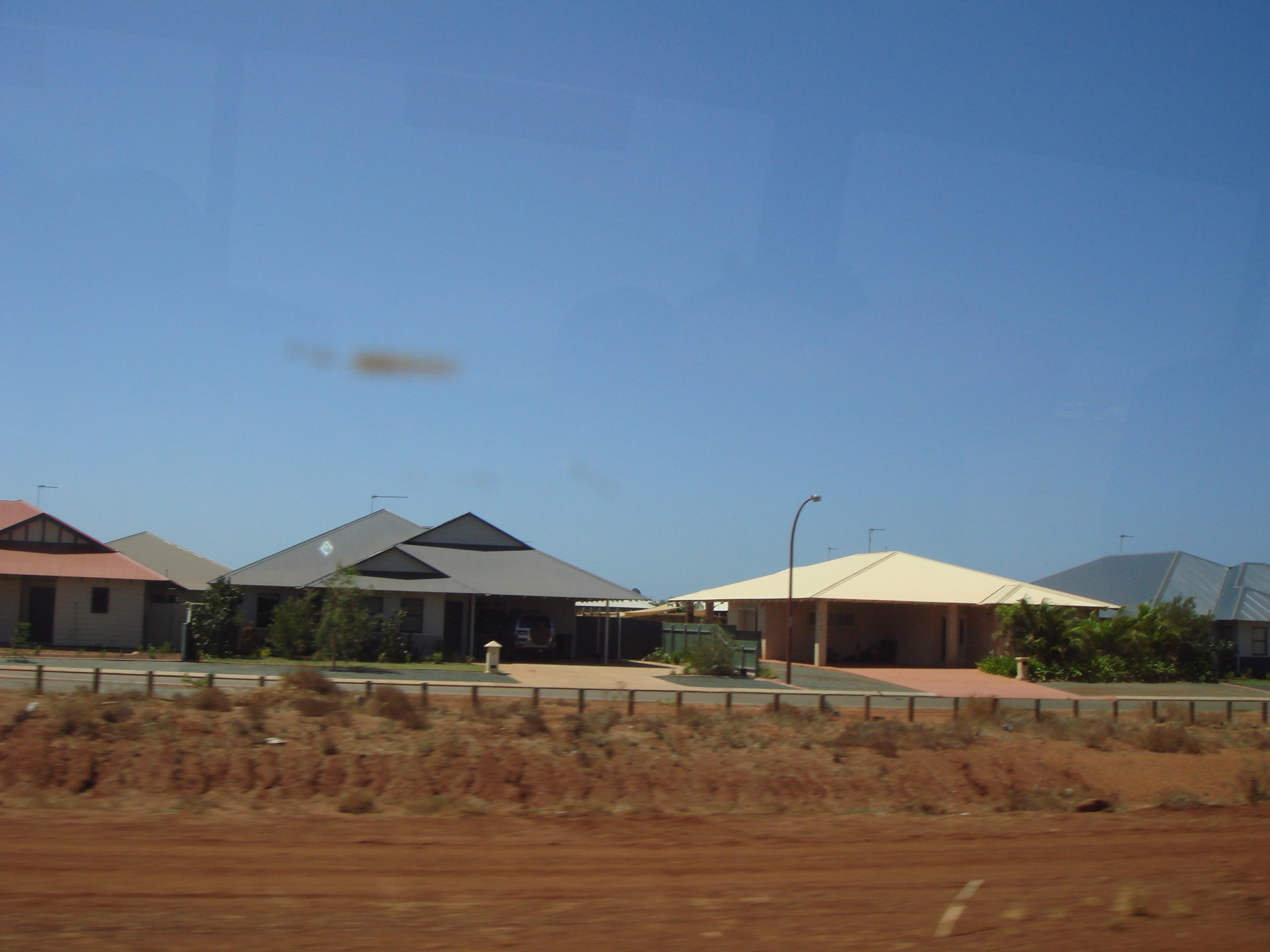
“Our people were pastoralists and this was cattle country. When mining started in 1960s by big companies, the rich mineral resources were taken out of the region, but no resource was put back into the community. There is not much regular work. Majority of the people are still unemployed and 36 per cent live on dole (welfare). Renting a 2-3 bedroom house can cost around A$2000 (US$1710) a week”, says Peter Jeffries, a Traditional Owner, pointing to the vast rugged land.
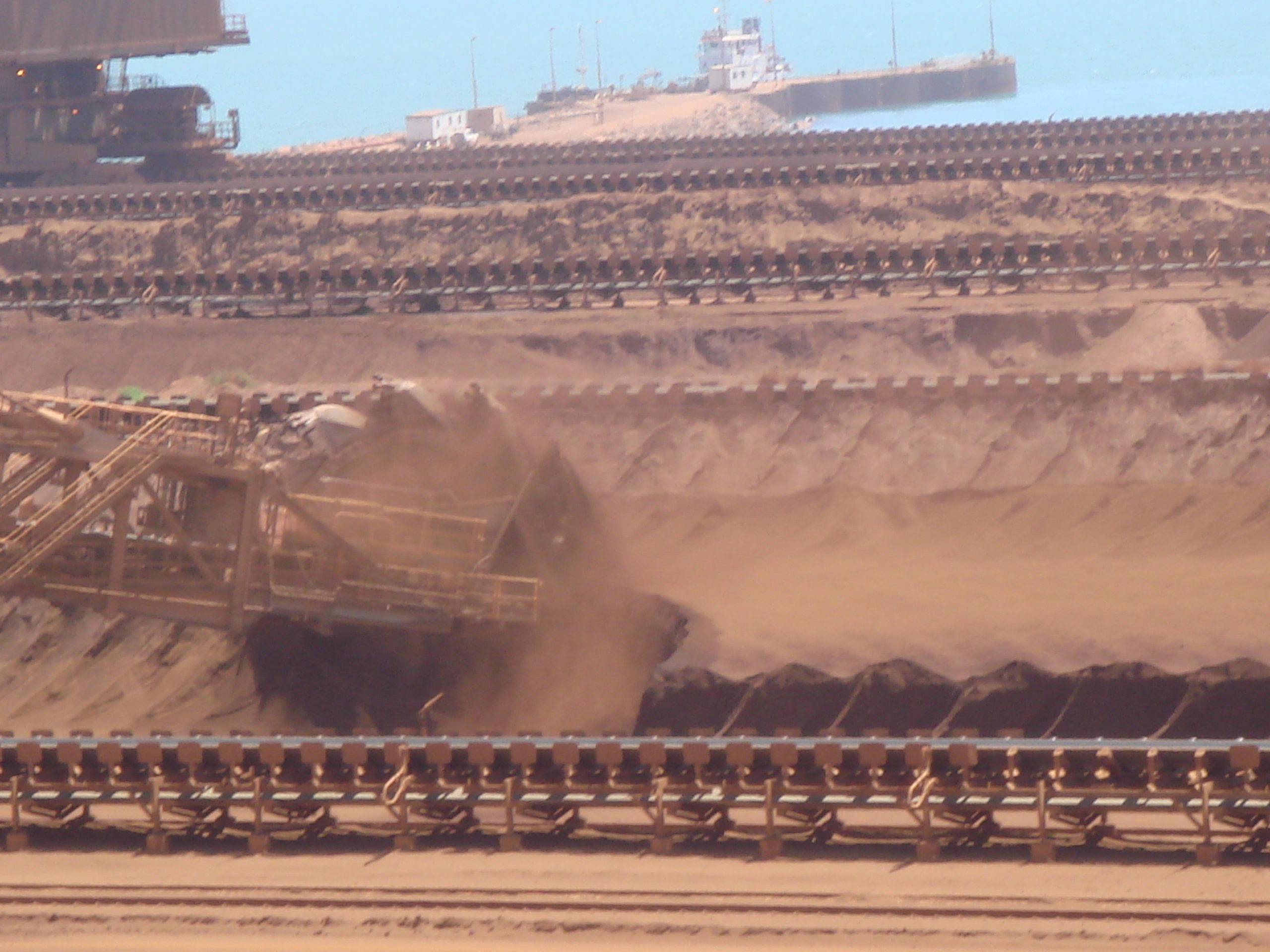
Ironically, the Pilbara region accounts for 94 per cent of Australia’s iron-ore production and Australian iron-ore exports totalled A$16 billion (US$14.42 billion) in 2007. Export earnings for Australian mineral and energy commodities will increase by 18.6 per cent to A$154 billion (US$139 billion) in 2010–11, mainly as a result of higher expected export volumes and prices for iron-ore, as forecast by the Australian Bureau of Agricultural and Resource Economics (ABARE).
“I would like the mining companies and the government to dig deeper into their pockets rather than rely on legal and statutory obligations. A percentage of royalty from the mining companies should be set aside for socio-economic development projects”, says Peter, who is Regional Manager, Pilbara, for the Yamatji Marlpa Aboriginal Corporation (YMAC).
YMAC is the Native Title representative body for the Traditional Owners of the Pilbara, Murchison and Gascoyne regions covering an area of over one million sq km.
YMAC Chief Executive Officer in Perth, Simon Hawkins says, “While the indigenous community has connection with the land since 1823, they can’t stop mining; they can only negotiate the best outcome. We take the view it is not companies’ money, but the Traditional Owners have helped companies generate profit. Companies say they pay royalty to state and state should build houses and hospitals. It is passing the responsibility with no one accountable”.
Some companies are providing paid training programmes to the locals to become work ready. Peter’s son, Adam, 19, acquired on-the-job training at Carr Civil Contracting, and his daughter Grace, 20, joined Fortescue Metals Group in the administration department.
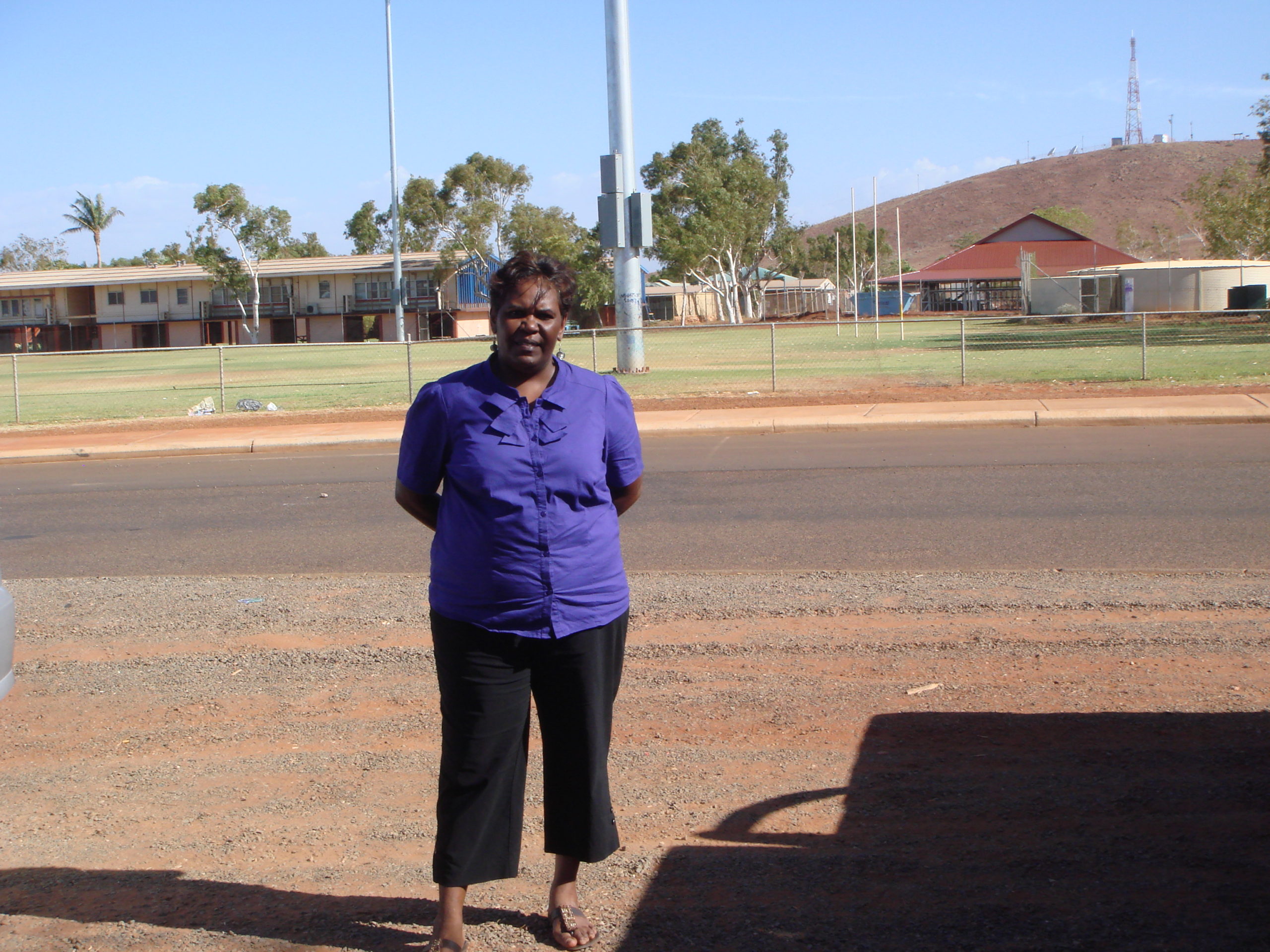
But mining jobs require long working hours. “The intense 12 hour shifts are creating dysfunctional families and cultural clash in our kinship-based family system. Influx of fly-in-fly-out workforce has led to increase in crime and alcohol consumption. Education, health and local government services are losing out as they can’t compete with the kind of money paid by mining companies. There is no doctor or X-ray machine at the local hospital”, says Michelle Adams, 35, who works at the Ngarliyarndu Bindirri Aboriginal Corporation in Roebourne.
She says, “Mining company jobs for indigenous people don’t necessarily provide long-term economic security. It is a fallacy. If we are serious about improving the situation, we need to invest in the local social infrastructure. There is a very real danger of young people falling in the trap of heaps of money, buying a fancy car, not able to sustain the 12-hours shifts, quitting the job in a year and ending up in huge debt”.
Some companies are now offering job-share for workers and also offering “Cultural leave” whereby Aborigines can take time off for ceremonies marking births, initiations and funerals.
The average life expectancy of men in Roebourne is 52 years and women 63, compared with the national average of 79 years for men and 84 for women. The United Nations `The State of the World’s Indigenous Peoples’ report indicates that Australia and Nepal have the world’s worst life expectancy gaps between Indigenous and non-Indigenous people.
 © Copyright Neena Bhandari. All rights reserved. Republication, copying or using information or photographs from neenabhandari.com content is expressly prohibited without the permission of the writer and the media outlet syndicating or publishing the article.
© Copyright Neena Bhandari. All rights reserved. Republication, copying or using information or photographs from neenabhandari.com content is expressly prohibited without the permission of the writer and the media outlet syndicating or publishing the article.

